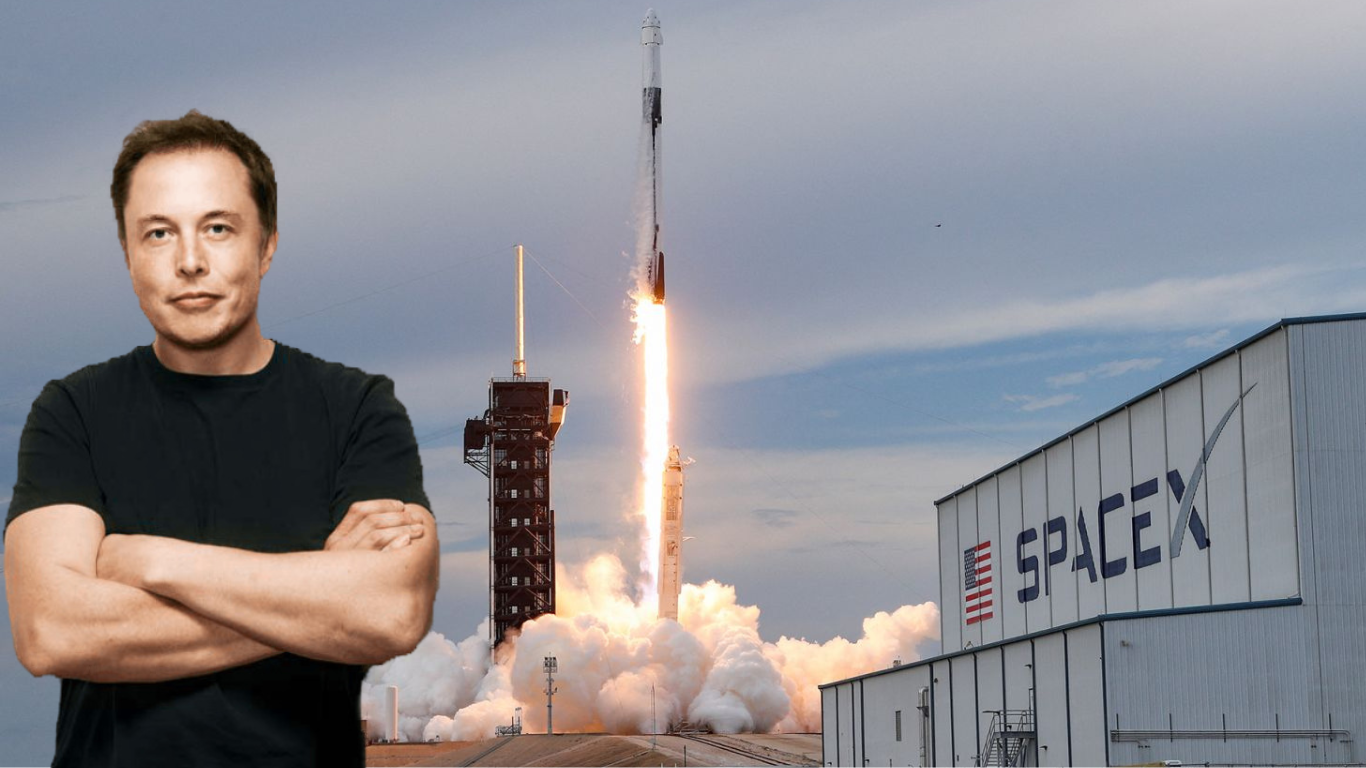Key Points:
- Astronomers grew wary of SpaceX when it began deploying Starlink internet satellites.
- However, SpaceX collaborated with scientists to mitigate the satellites' brightness in telescope images.
- Some of SpaceX's strategies have proven somewhat effective.
- Other major satellite initiatives, such as Amazon's, are taking note of these developments.
In 2019, when SpaceX launched its initial batch of Starlink satellites, astronomers worldwide were alarmed, and the company swiftly gained a negative reputation in the astronomy community.
James Lowenthal, an astronomer, expressed to the New York Times that he felt a significant impact on his profession and passion for stargazing.
As the satellites ascended to their designated orbit in May 2019, their bright trails were visible to the naked eye, causing concern among observers who feared the implications for astronomy.
Some saw this event as a potential threat to the field of astronomy, as the proliferation of bright moving objects in the sky would complicate observational tasks, according to Lowenthal's statements to the Times.
However, for rural areas, especially in developing nations lacking reliable internet access, Starlink holds promise, as Space X aims to provide high-speed broadband internet coverage worldwide with a constellation of over 10,000 satellites.
SpaceX leads the way for change
SpaceX isn't the sole player in this venture; it simply led the charge by launching large groups of bright satellites into orbit. Numerous companies, along with the Chinese government, are gearing up to deploy their own extensive fleets of satellites.
While the rise of internet-satellite constellations poses a significant concern for astronomers, Space X stands out among competitors by addressing criticism through collaboration and efforts to reduce satellite brightness.
Jonathan McDowell, an astronomer who has been vocal in his criticism of Starlink, expressed optimism about the progress made by Space X.
“Collaborative Efforts at AAS Conference: Addressing Satellite Impact on Dark Skies”
He shared his perspective with Business Insider during a conference of the American Astronomical Society in New Orleans.
McDowell and other astronomers met with representatives from the satellite industry to discuss efforts to maintain dark skies and minimize radio interference.
Although no current SpaceX representative participated, the discussion predominantly revolved around Starlink's experimental solutions, likely because SpaceX has been actively testing fixes proposed by astronomers.
Patricia Cooper, a consultant in the satellite industry who previously served as VP of SpaceX's government affairs for satellites, emphasized the importance of focusing not only on raising concerns but also on finding ways for coexistence.
She noted that despite efforts over the past four and a half years, the issue remains unresolved.
SpaceX has tested black paint, sun visors, and now 'mirror film'.
SpaceX has tried various methods to dim the brightness of its satellites, with some success.
Initially, they painted some satellites black, which helped reduce brightness but didn't fully solve the issue.
Later, they experimented with sun visors to block sunlight from reflecting off the satellites' undersides, significantly reducing their brightness. However, the visors had to be removed when SpaceX added laser communications.
Now, SpaceX is exploring the use of "mirror film" to further decrease brightness, although this may be offset by larger satellite sizes in the next generation.
“Collaborative Efforts and Solutions in Satellite Brightness Mitigation”
Astronomer Jonathan McDowell emphasized that there are no clear heroes or villains in this situation.
SpaceX developed these solutions through collaboration with astronomers, including formal meetings and conferences dedicated to satellite brightness.
The International Astronomical Union established the Centre for the Protection of the Dark and Quiet Sky from Satellite Constellation Interference (CPS) in 2022 to formalize this collaboration.
SpaceX has also implemented operational changes suggested by astronomers, such as adjusting the orientation of the satellites' solar panels to reduce their impact on telescopes during twilight.
McDowell acknowledged that this adjustment comes at a cost to SpaceX but is appreciated by astronomers for its effectiveness in mitigating interference.
Read more such news on techinsighttoday
Thank you so much for reading.

